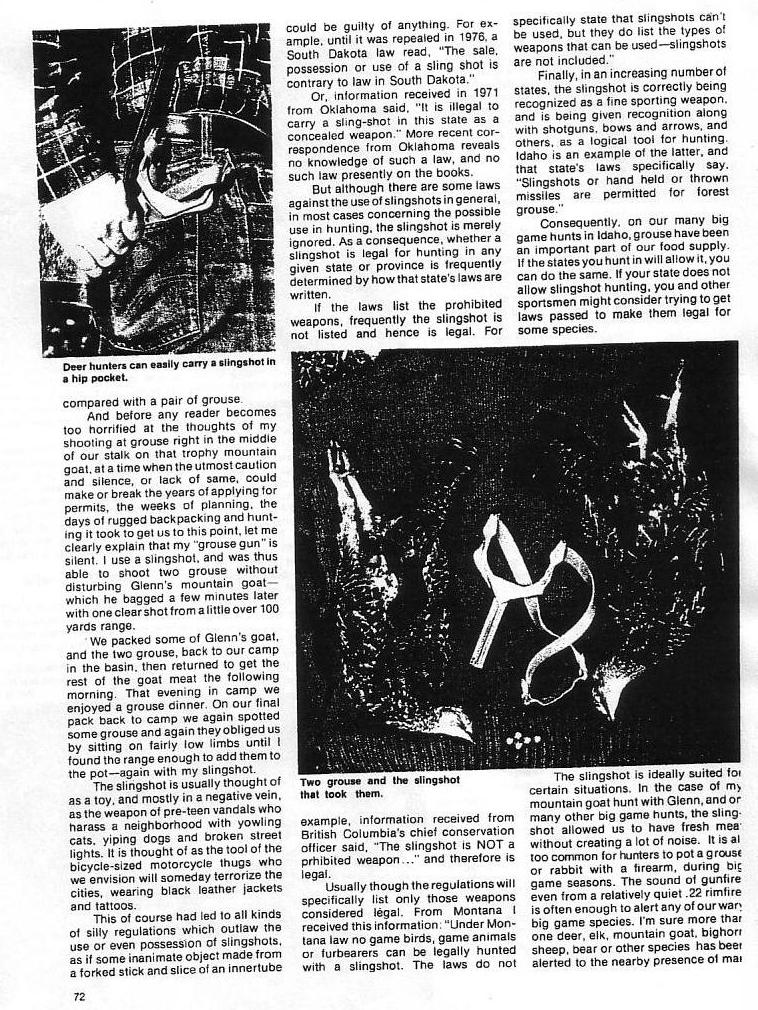
Slave Work by KZ Gusen II InmatesĬonstructed within 13 months by prisoners of the KZ Gusen II concentration camp within the Mauthausen-Gusen complex it became one of the most horrible concentration camp sites in European history due to its high mortality of up to 98% (average survival period 4 months). According to Allied intelligence reports, it was “one of the most modern and most complete underground plants in Germany”. With more than 50.000 m2 (some 8,5 km tunnnel length) one of the biggest german underground installations that reached production status in late 1944. Al Kosiek & 23 men of 1st Platoon Troop D, 41st Cav Recon Sqdrn, 11th ArdDiv, 3rd US-Army
Related Monument: Memorial Crematorium KZ Gusen (40.000 victims). Number of Victims: 8.000 to 20.000 prisoners of Mauthausen-Gusen complex. Concentration-Camp: KL Gusen II (most evil satellite of Mauthausen-Gusen complex). Construction start: 9 March 1944 (foundation of KL Gusen II concentration camp). Purpose: Me-262 jet propelled plane (fuselage assembly). Slave-Workers: 10.000 Production “Bergkristall-Fertigung” (code-name: ESCHE 2). Production Area: 50.000 m2 (bomb-proof & gas-tight). Location: A-4222 Sankt Georgen an der Gusen, Austria. Georgen Fact Sheet General layout of the KZ Gusen II "B8 Bergkristall" underground plant at St. Southfield, Mich.The “BERGKRISTALL” Underground Plant at St. (Cited in: Slingshot of Hell (BeKaf HaKela). Work continued apace and often in the sixteen hours that passed from the time we finished until we returned for the next shift the place had changed so much as to be unrecognisable." Every month a new transport would bring thousands of new Jewish prisoners to replenish the ranks of those who had died in the past month. Thousands died this way, not to mention the dozens of deaths daily from accidents, beatings, and starvation. Once someone reached this point, it was only a matter of time before he was “selected” for extermination. Our jaws and eyes protruded from yellow skulls. After two months, however, we were mere wrung rags, hunched over creatures dragging legs swollen by malnutrition. When we arrived we were fresh, strong, and full of energy. Of course, working at such a frantic pace soon exhausted us. "Our work continued non-stop, twenty-four hours a day, three shifts. (Mauthausen Memorial / Collections)Rabbi Yechezkel Harfenes gives an account of the catastrophic conditions during tunnel construction for "Bergkristall": Zeichnung des französischen Häftlings Bernard Aldebert, o. 

„Gusen II: Der Tunnel“, Häftlinge beim Bau von unterirdischen Stollenanlagen. Installation of US Millitary Administration Regional liberation and the taking of Linz “Aktion 14f13“ – Death by Gas at Hartheim Castle

Participation process for expansion of the Gusen Memorialįorced Labour for Messerschmitt GmbH Regensburgįorced Labour for the relocation of the arms production







 0 kommentar(er)
0 kommentar(er)
